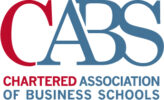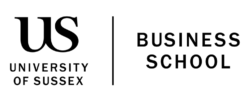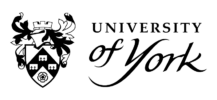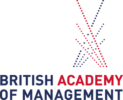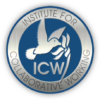Dr Meredith Hale: Looking beyond academia to unravel a 70-year art mystery
Academic careers can take you to unexpected places. For Dr Meredith Hale, an early passion for art history would lead her to roles in academia, galleries and high-end auction houses, and to finally to solving a 70-year mystery behind the theft of a work of art.
Our case study series features inspiring researchers discussing their careers and sharing tips on how they engage beyond academia. If you would like to be featured, send us an email at DBAA@exeter.ac.uk!
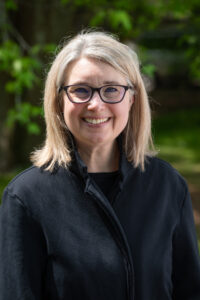
Dr Meredith Hale, lecturer in Art History and Visual Culture
Dr Meredith Hale’s diverse career in art history demonstrates how engagement beyond academia can lead to the exciting and unexpected. Becoming interested in fine art while still in high school, Meredith studied in Washington D.C. and at London’s Courtauld Institute before gaining a PhD from Columbia University, New York. Engaging with art in diverse settings was part of her academic career from the start; by the time she’d finished her PhD, Meredith had interned at Washington’s National Gallery of Art and worked for a London art dealer. After her PhD, she was appointed Old Master Specialist at Christie’s auction house in London before returning to academia as a Speelman Fellow at the University of Cambridge, and more recently as a lecturer in Art History and Visual Culture at the University of Exeter. Her diverse experience has informed a belief in recognising the value of different perspectives and helped her solve the theft of a 17th century painting by a Flemish master over 70 years ago.
Meredith's top tips for researchers interested in engaging beyond academia
- Pursue non-academic collaborations that are a good fit for you, but don’t be afraid to take risks.
- Be aware of the goals of your collaborators, they may be different from your own.
- Recognise that your partner may have a different investment in the collaboration; sensitivity and diplomacy can go a long way in ensuring partnerships are successful.
My relationship with art and art history started in high school. I was part of the first cohort at my school to be offered an art history course. It was taught alongside a fine arts course and involved visiting collections, studying works of art directly and making drawings of them. This is a very old-fashioned way of teaching art history – it was most popular in the 18th and 19th centuries – but it meant that right from the beginning, I associated studying art with studying the objects themselves, both visually and materially. That’s a theme that’s run through my career and my interest in art.
That interest and experience also meant that, when I went to Georgetown University in Washington, DC., I got an internship at the National Gallery of Art in Washington. While I was there, I worked on the first ever major exhibition of paintings by the Dutch artist, Vermeer, which was amazing to be a part of. I wrote wall labels for the exhibition, and so I had to think really carefully about the best way to do that. These were incredibly rare paintings, and it was likely that the visitors to the exhibition had never have seen a 17th century Dutch painting before, much less a Vermeer. With these labels, I had to really put myself in their shoes and start from the beginning. I was able to combine my academic interests with my interest in working directly with objects, which is a different approach to art history than you typically get in academia. It meant I was thinking about the broader ecosystem of art exhibitions – how they work, and how people engage with art.
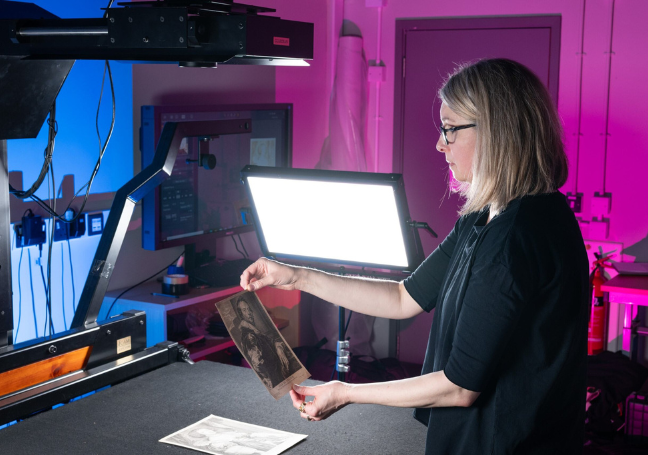
“By the time I started my PhD, I had three different spheres of art history experience: academia, museums, and the art market.”
I loved that work, and it was there that I really honed my interest in Dutch and Flemish art. When I received a Marshall Scholarship to study at the Courtauld Institute, I pursued that as my specialism. While there, I also sought an opportunity to write catalogues for an art dealer in London. I didn’t have any experience of commercial art settings, so that was another approach to viewing art. Art dealers have enormous interest and expertise in art history, but their ultimate goal is necessarily the bottom line. At the end of the day, the art market is a business proposition, which is very different to the way you might think about art in museums or academia. By the time I started my PhD, I had three different spheres of art history experience: academia, museums, and the art market.
As I was finishing my PhD, I received an offer to work as a specialist in Old Master paintings at Christie’s. That job was amazing, because it really is like Antiques Roadshow. People would bring something in and say “This was in my auntie’s attic, and she thinks it’s a Rembrandt. What is it?” In that setting, you have to know how to read and understand every detail of the object. It’s not enough to just focus on what’s depicted in the work – as might be more common in an academic essay – you also have to consider things like the support and surface it’s painted on. I never had a Rembrandt come through the door, but I did see some really important works, and I could see the effect my decisions were having. My judgement could be the difference between something being worth hundreds of pounds, or hundreds of thousands of pounds. The paintings had often been inherited, and so in these cases there was emotion and personal history involved, and our decisions had the potential to make a huge difference for the families.
“I realised that I wanted to work in academia while engaging with other organisations, bringing that object-based knowledge into academic art history.”
Through this work I realised that academic art history was losing a lot of the intensive object-based knowledge that was flourishing in other settings. Knowing about the cultural and political context of a painting is very different from knowing how to read the object directly. My career was moving between these different spaces, and I realised that what I really wanted to do was work in academia while engaging with those other spheres, bringing the object-based knowledge I gained in the museum and the market back into academic art history.
Academics often think of engaging beyond academia in terms of disseminating knowledge that we have and others lack. That’s not how I think about it. Acknowledging that there are different kinds of knowledge in any discipline allows us to produce our best work. In my career, openness to different kinds of knowledge has been really important to the projects I’ve worked on and the impact I’ve been able to have.
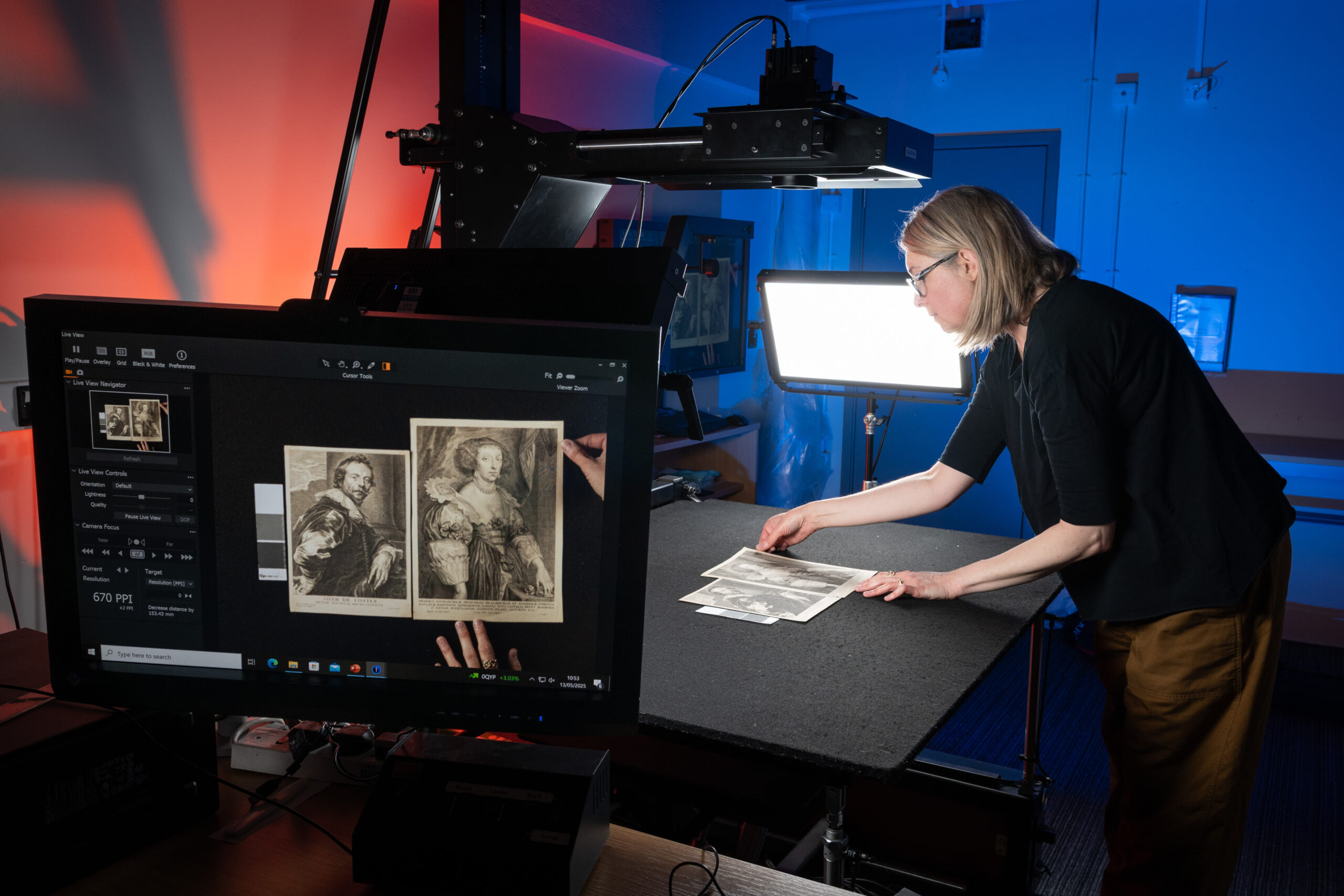
“Engaging beyond academia is not about disseminating knowledge that others lack. Being open to different kinds of knowledge allows academics to produce their best work and have impact.”
For the past eight years, I’ve been working with the Buccleuch Living Heritage Trust, which oversees a collection that includes 42 oil sketches by Anthony van Dyck. These are small oil paintings on oak panels which were used as studies for a print series, and so were part of his studio materials. After van Dyck’s death in 1641, this collection was bought by another artist, Peter Lely, and then by an ancestor of the collector who owns them now. They’ve been looked after beautifully in the Buccleuch collection since 1682 and it’s incredibly rare for these collections to remain intact for so long. But in 1951, one of the panels was stolen. It was noticed a few years later, when the Duchess of Buccleuch saw the stolen piece on display in an exhibition at the Fogg Museum at Harvard University.
I wasn’t initially focused on the missing panel when I started working with the Buccleuch Living Heritage Trust, but I was upset that someone had stolen it and broken up such an incredible collection, so I started searching through the archives to try and work out what had happened. Drawing on documents from the Getty Research Institute, the Fogg Museum at Harvard, and the Paul Mellon Centre archives, I began to reconstruct the journey of the missing panel from A to B to C to D. What was so incredible about this research was that that the links were really clear. Usually, with something like this, you go from A to D and you just have to make some educated guesses about what might be happening at B and C. In this case, I was able to reconstruct the entire journey of the stolen painting, which is very rare.
The archival research drew on my academic skills, but my experience in museums and the art market was key to my understanding the material nature of the panel. When paintings are stolen, they’re often changed materially to try to disguise their provenance, so material investigations are often needed to work out what has happened. In this case, the back of the panel had been shaved down – in a process called ‘cradling the panel’ – presumably to remove any marks that could identify the collection from which it came or previous exhibitions in which it featured, thereby hiding its provenance. To marry my archival research to the object, I needed to have an understanding of these processes.
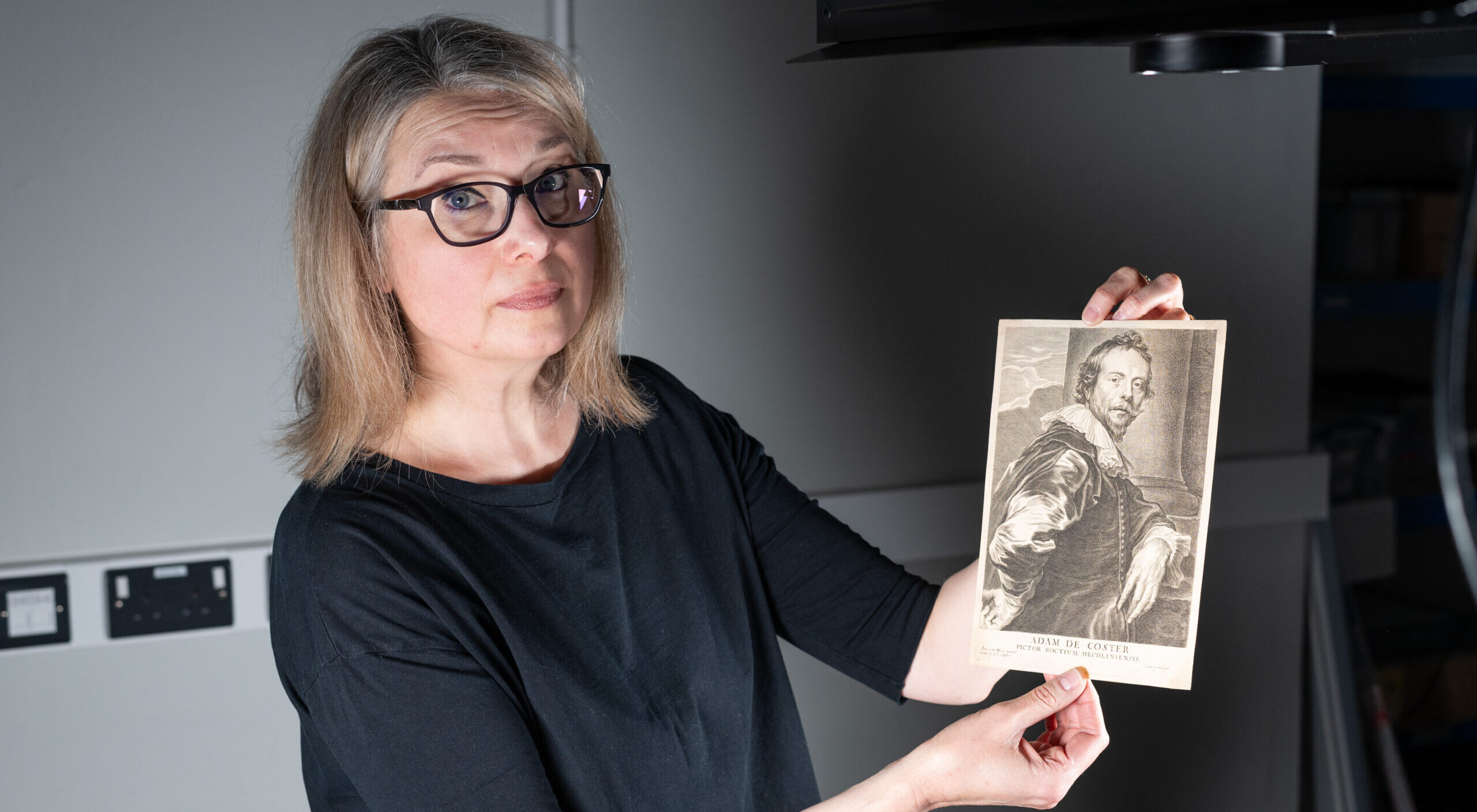
So, by combining these two different approaches, I was able to prove that the painting had been stolen from Boughton House in 1951 by L.G.G. Ramsey. He was the editor of a fine art journal called The Connoisseur, and a Fellow of the Society of Antiquaries. He had visited the house in July 1951 to gather material for an article, and appears to have stolen the painting on his way out. He then sold it anonymously at Christie’s for £189 because he needed the money to buy new curtains, or so he said to the art historian who certified its authenticity. Through archival research, I could trace every part of the process: the art historian who gave the painting a certificate to begin with, the Christie’s auctioneer who sold it, the dealer who then bought it, the conservator who had cradled it, and so on.
Throughout this whole process, I have been working closely with the family, who were really interested from the beginning. For them, it was not just an intellectual problem but an intensely personal process, just as it had been for people I’d worked with at Christie’s earlier in my career. They had tried without success to get the painting back in the late 1950s and early 1960s and were also keen for the process not to be upsetting for the institution that had come to have the piece. We really took our time, both in making sure the story was watertight and in cultivating positive relationships with the relevant people. The time taken was difficult from an academic perspective – eight years is a long time to be working on the same thing without being able to publish! – but working with the family and keeping their interests in mind was more important.
“As an academic collaborating in different settings, it’s critical to recognise that non-academic partners might have different goals, requirements and ambitions.”
As an academic collaborating in different settings, it’s critical to recognise that non-academic partners might have different goals, requirements and ambitions. Sometimes these don’t match with yours, and learning to work with that is really important if collaborations are going to be successful. In my field, and in other fields, there are many different ways to engage beyond academia. Oftentimes, it’s those differences of perspective that make the work more interesting. So, rather than seeing differences as a stumbling block to research, try and embrace them. Non-academic interests are part of your research, not a hindrance to it. And, if you’re pursuing work that you’re genuinely interested in, that’s something that you can work through, and that will ultimately make the research more interesting.


